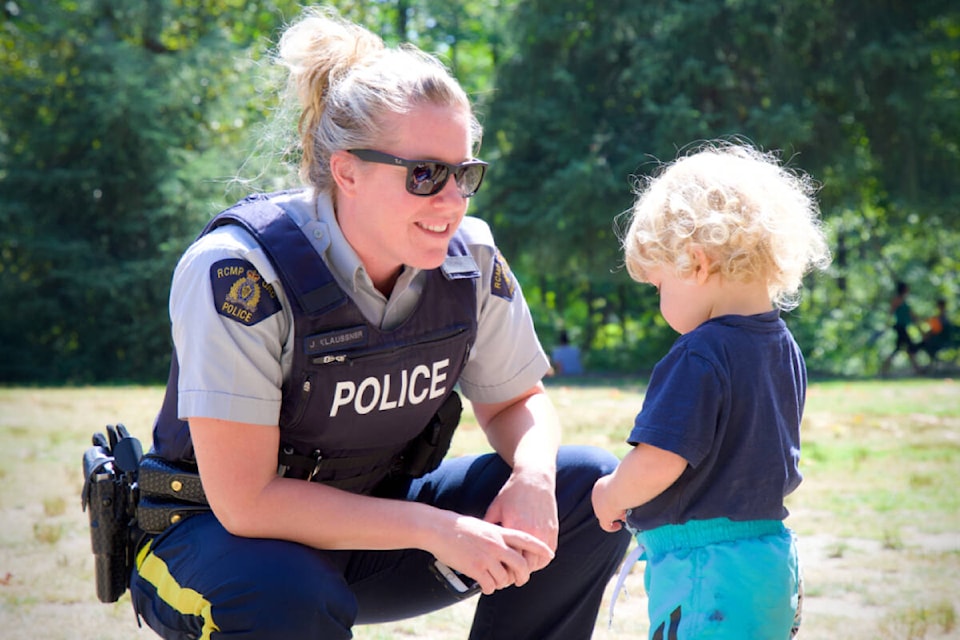This year marks the 150th anniversary of the Royal Canadian Mounted Police, Canada’s most enduring and well-known national symbol.
When we look back on Canadian history from our present vantage point, we can see both triumphs and tragedies, and the same is true of our national police force.
Two things have kept the RCMP relevant through 150 years from Confederation to our current era.
The first is the force’s willingness to change along with Canada.
What was at first a colonizing force on horseback sent to tame the west has been transformed over and over again, by technology and social change.
From horses to cars, snowmobiles, and helicopters, from crude investigative methods to modern DNA-based forensic science, the RCMP has had to keep up and has become a fully modern police force.
Locally, if you went back to 1950, Maple Ridge and Pitt Meadows were policed by the BC Provincial Police.
That force was merged into the RCMP, with that force taking over locally by 1951.
This community then was radically different from its present form – far more rural, dependent almost entirely on forestry and farming, and with a fraction of the current population.
READ ALSO: IN OUR VIEW: BC Housing scandal an appalling mess
READ ALSO: IN OUR VIEW: Ridge Meadows Home Show comes back strong
Maple Ridge and Pitt Meadows have grown tremendously since then, and the RCMP have continued to grow with them.
Locally, we’re currently seeing the Ridge Meadows RCMP being split into two detachments, one for each community. That’s another part of the change that comes with greater population.
Changes on the social side have been just as dramatic.
Women entered the RCMP in 1974, which at the time seemed revolutionary. It’s now utterly ordinary to see women in RCMP uniforms undertaking investigations, crime prevention, patrols, or leadership roles.
Similarly, the composition of the RCMP looks more and more like that of Canada, with BIPOC members a significant portion of the force.
The second thing that has kept the RCMP relevant, and that will continue to drive change in the years to come, is that its members are striving to make their communities safer places.
Whether that means arresting dangerous criminals or helping with bike rodeos, pulling drunk drivers off the streets or speaking to seniors during foot patrols, the drive to help and the willingness to explore new and better ways to do so will keep the RCMP at the centre of Canada’s history.
